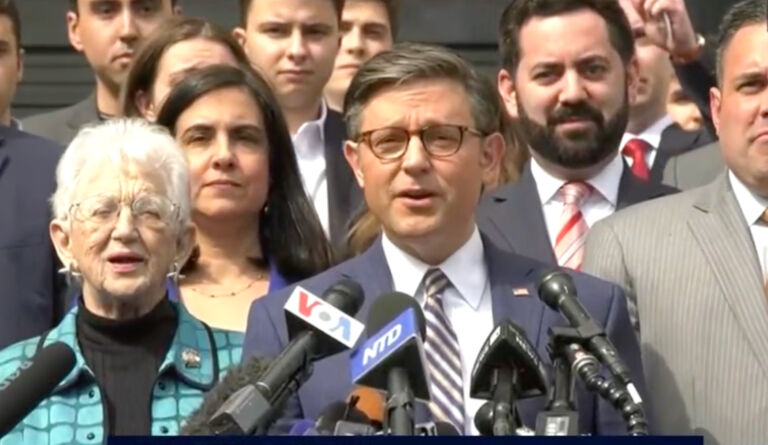Hard to believe it’s been 10 years since trains first rolled down Charlotte’s Lynx Blue Line. As you can probably imagine, the Charlotte Area Transit System (CATS) is doubling down on light rail in the Queen City, with the Blue Line extension to University City ready to open next spring and ambitious plans to run three more lines in the next decade. These plans are in place despite modest (at best) ridership numbers over the last 10 years:
CATS projected the Lynx would carry 9,100 passenger trips on an average weekday its first year. It quickly exceeded that estimate, and by the summer of 2008 – when the local economy was strong and gas prices were high – the Lynx was flirting with 18,000 passenger trips per weekday.
But ridership fell during the recession and has never fully reached that 2008 peak. In the last six months, the Lynx has averaged 15,655 passenger trips during weekdays.
Ridership has been flat even though South End has boomed with new construction. CATS said 10,626 new residential units have been built along the line, many within a five-minute walk to a train station.
But what’s more concerning is that the Lynx has not translated into an overall increase in people using transit.
Bus ridership has been falling for several years. And for the fiscal year that ended in June, local bus ridership was down 7.1 percent compared with the previous fiscal year. The decline comes even as the local economy is strong. Express bus service, which targets uptown commuters, is also down.
Lewis said he believes Charlotte’s gentrification is part of the problem. The transit system’s core customer is low-income, often without a car. As those people move farther away from uptown, it’s harder for CATS to serve them.
“As people are being priced out, they have moved farther and farther out,” he said. “Those are places we don’t serve effectively.”
The lesson here–if it’s not obvious–even people living five minutes from a rail line prefer driving.


